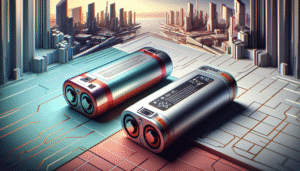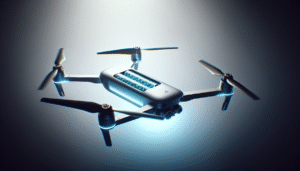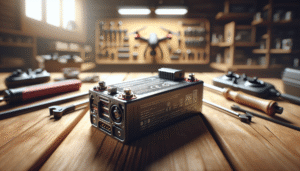How often do you think about the battery powering that neat drone zipping across the sky, capturing aerial shots, or inspecting tall structures? I bet not very often. Yet, for those in the industrial world of mapping and inspections, the unsung hero—the battery—can make all the difference. Here, we embark on a friendly, yet slightly technical, exploration of top battery options for industrial drones, a crucial subject for ensuring high-performance results in your projects.
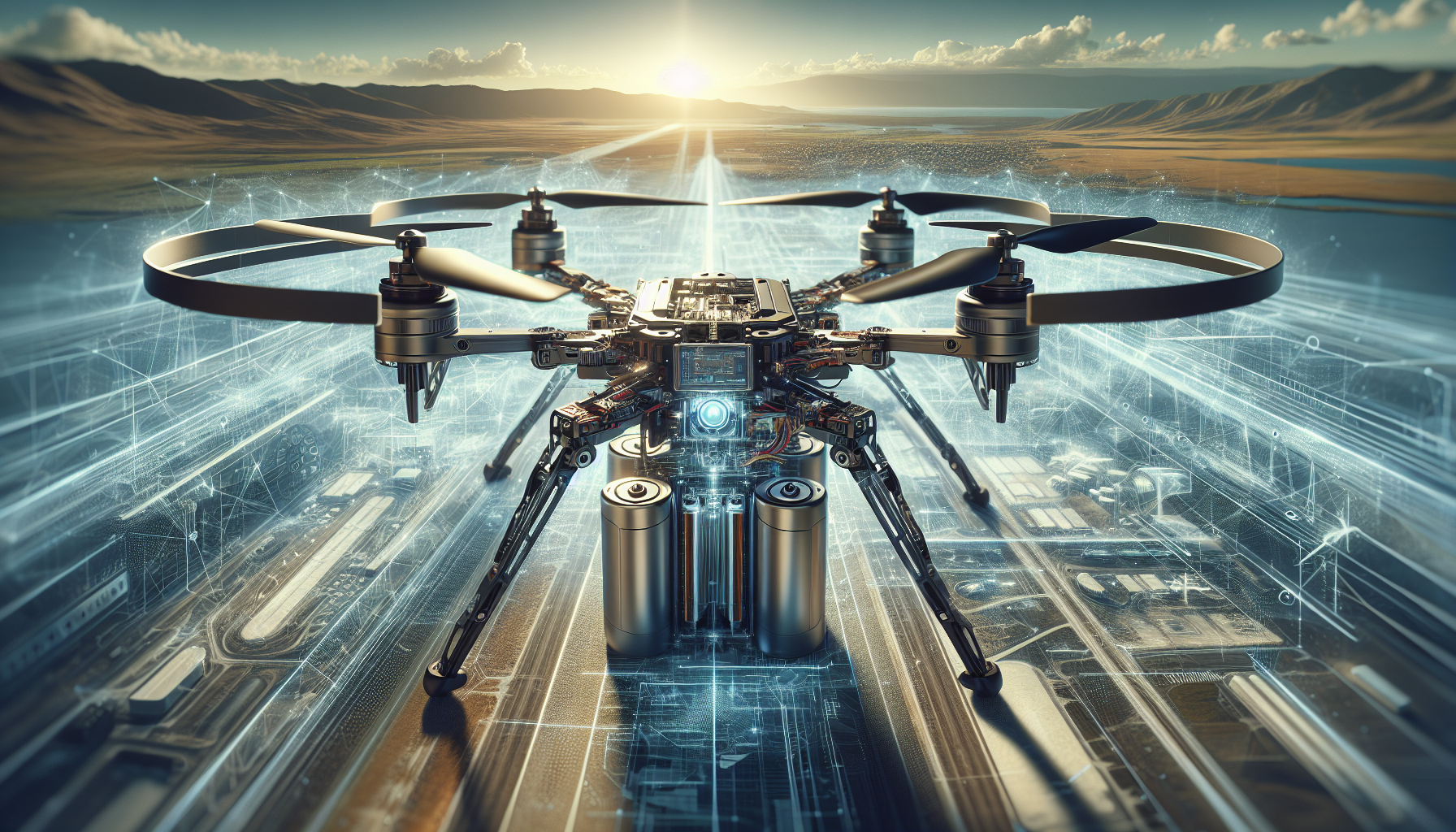
Understanding the Role of Batteries in Industrial Drones
Before we head into the specifics of battery options, let’s pause and appreciate why batteries are a cornerstone of drone functionality, especially for those used in industrial settings. The battery essentially powers the drone, and just like your mood can power a room, it powers the entire flight operation, dictating the flight time, weight, and balance.
The Importance of Battery Life and Flight Time
Imagine setting up a complex drone flight for mapping a large piece of land or inspecting a sprawling industrial plant, only for your drone to tap out midway because of a low battery. Frustrating, right? Battery life directly impacts how long a drone can stay in the air. Longer battery life means more coverage per flight, minimizing downtime due to frequent battery changes or charges.
Impact on Drone Performance
The performance of a drone is intrinsically linked to the type of battery it uses. Not only does battery choice affect how long it flies, but it also influences the drone’s speed, endurance under loads, and even the quality of data collected. For mapping and inspection tasks, it’s all about finding a balance between weight, power output, and longevity.
Types of Batteries Used in Industrial Drones
Now, let’s get into the nitty-gritty of battery types. For industrial drones, several battery options exist, each with its unique advantages and limitations.
Lithium Polymer (LiPo) Batteries
These are the most commonly used batteries in drones. They provide an excellent weight-to-power ratio, which is crucial for maintaining the efficiency of drones. LiPo batteries are known for their lightweight nature and high discharge rates, which make them ideal for high-performance drones. However, they require careful handling and monitoring, as they can swell or even catch fire if improperly used.
Lithium-Ion (Li-ion) Batteries
While slightly heavier than LiPo batteries, Li-ion options offer more energy density, providing longer flight times. They also tend to have a longer lifespan and are more stable, reducing the risk of overheating. Their stability makes them a reliable choice for many professionals who need consistency in extended operations.
Nickel-Metal Hydride (NiMH) Batteries
Once popular, NiMH batteries offer decent energy density and are safer than LiPo batteries. However, they fall short in performance due to their heavier weight and lower discharge rates. These batteries require longer charging times and can suffer from memory effect, which impacts their overall efficiency.
Lithium-Sulfur (Li-S) Batteries
Emerging as a potential game-changer, Li-S batteries promise higher energy density than both LiPo and Li-ion, meaning even longer flight times. While still under development, they show promise in reducing the weight-to-power ratio significantly, which could revolutionize the drone industry someday soon.
Fuel Cells
Fuel cells are an unconventional but innovative option. They provide efficient energy conversion and extended flight durations far exceeding traditional batteries. However, high costs, complexities in design, and limited availability keep them from widespread industrial use—at least for now.
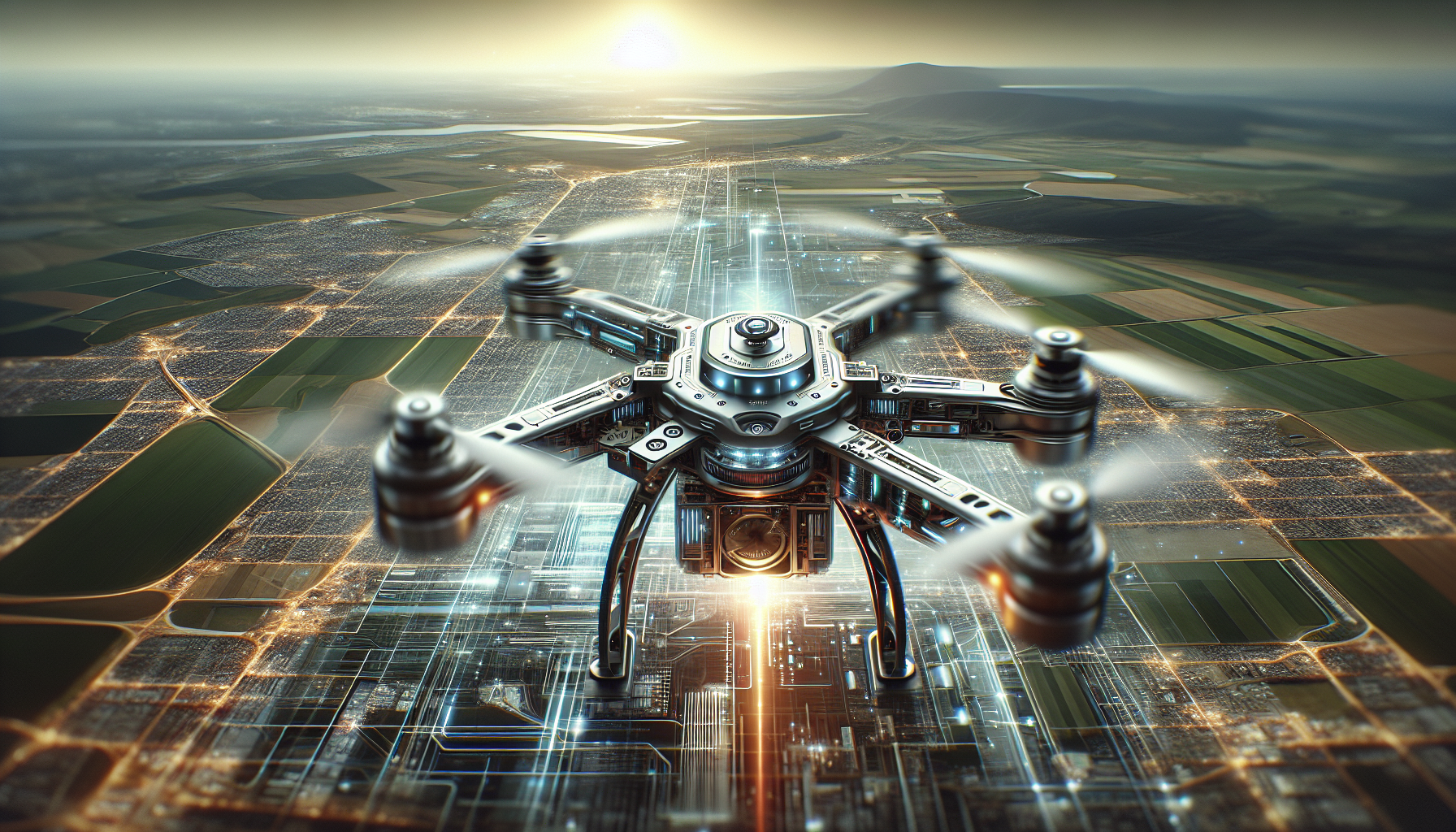
Factors to Consider When Choosing a Battery
Choosing the right battery for an industrial drone involves more than just picking the one with the longest flight time. Many factors come into play, demanding thoughtful consideration for optimal performance.
Weight and Payload Capacity
One cannot ignore the impact of weight. A heavier battery might offer more power, but it also reduces the payload capacity, limiting the drone’s ability to carry extra equipment essential for mapping or inspection tasks. Here’s the three-pronged question you should ask: does the power come at a cost to weight? Will it impact flight time? And, can the drone handle additional loads?
Cost and Budget Constraints
Purchasing batteries can be akin to buying shoes: you want quality and durability but within a sensible budget. Different battery types come with different price tags, and while it might be tempting to go for the cheapest option, looking at the long-term cost versus performance benefits is crucial.
Safety and Environmental Concerns
Safety first! Batteries must meet safety standards to avoid accidents during operations, particularly with volatile options like LiPo. Additionally, consider the environmental impact of battery disposal and look towards greener, more sustainable options where possible.
Charging and Maintenance Requirements
How easy is it to charge these batteries, and what does maintenance look like? Some may require special chargers or periodic discharge cycles, while others might demand less fuss. Balancing convenience with operational demands is vital here.
Comparing Battery Options: Where Do They Stand?
It’s helpful to put all this information side-by-side. Below is a table that compares the key attributes of the primary battery options for industrial drones.
| Battery Type | Energy Density | Weight | Cost | Safety | Maintenance |
|---|---|---|---|---|---|
| LiPo | High | Low | Medium | Moderate | High |
| Li-ion | Medium-High | Medium | Medium | High | Low |
| NiMH | Low-Medium | High | Low | High | Medium |
| Li-S | Very High | Low | High | Moderate | Moderate |
| Fuel Cells | Very High | Medium | Very High | High | Low |
Case Studies: Real-World Applications
To bring theory to life, let’s look at how these batteries fare in the field.
Aerial Mapping in Agriculture
Agricultural drones, crucial for surveying large fields, rely heavily on Li-ion batteries. These batteries provide the necessary flight time and stability, allowing drones to cover vast areas without needing frequent recharges.
Infrastructure Inspections
For inspecting wind turbines or bridges, operators often choose LiPo batteries. Their high discharge rates and lightweight nature make them perfect for covering large structures while carrying necessary sensors or cameras.
Emerging Uses and Innovations
Recent developments hint at Li-S batteries making headway into commercial usage for longer flights without added weight. Similarly, some companies are exploring hydrogen fuel cells, an innovative approach promising record-setting flight durations.
Tips for Maximizing Battery Performance
Knowing which battery to opt for is only half the battle. Using them efficiently is equally crucial. Here are some friendly tips to maximize their performance.
Proper Charging Practices
Avoid overcharging and discharging; both can harm the battery’s lifespan. Following manufacturer-specific charging guidance is crucial.
Storage Guidelines
How you store your battery impacts its longevity. Cool, dry environments away from direct sunlight or heat sources are best.
Regular Maintenance Checks
Regularly inspect your batteries for signs of wear or damage—swelling, odd smells, or overheating can be red flags. Routine check-ups can prevent larger mishaps down the road.
Future Trends: What Lies Ahead for Drone Batteries?
Staying ahead of the curve is always wise, especially in the rapidly evolving world of drone technology. What does the future hold for drone batteries?
Advancements in Battery Technology
Innovations in nanomaterials and solid-state battery technology promise safer, more efficient alternatives to current batteries, offering longer lifespans and quicker charging capabilities.
The Role of Renewable Energy
Drone battery sustainability is expected to improve with a larger focus on renewable energy sources. Solar-powered charging stations or battery regeneration could become mainstream, aligning with global environmental goals.
Integration of AI and Smart Technologies
With AI, smarter battery management systems predict and adjust energy use in real time, optimizing performance, extending flight times, and improving safety protocols.
Conclusion
Choosing the right battery for your industrial drone operations can be an odyssey through specs, features, and myriad options. By understanding different battery types, considering vital factors, and anticipating future trends, you equip yourself to make informed, practical decisions. Whether you opt for LiPo, Li-ion, or even a more avant-garde solution like fuel cells, remember that the right battery can elevate—not ground—your drones to perform their best in mapping and inspection tasks. Isn’t that what we all want? A little extra lift to fly higher, and perform just a bit better in whatever we do?
